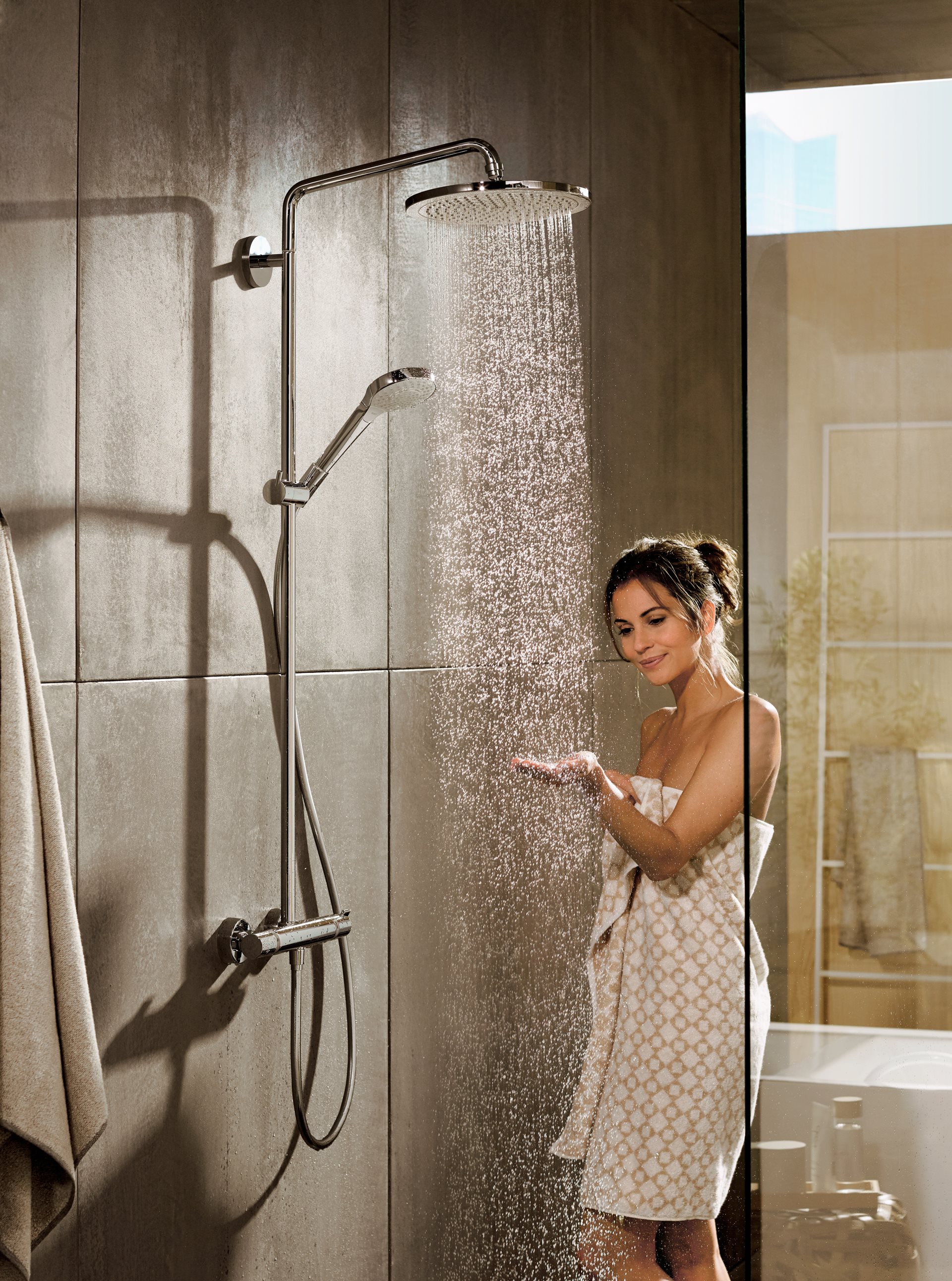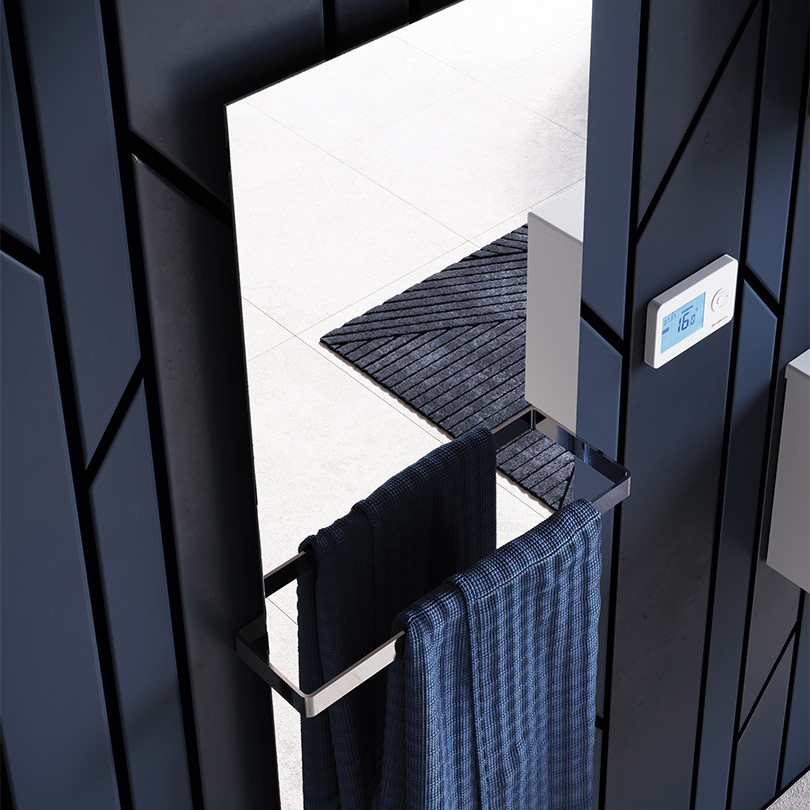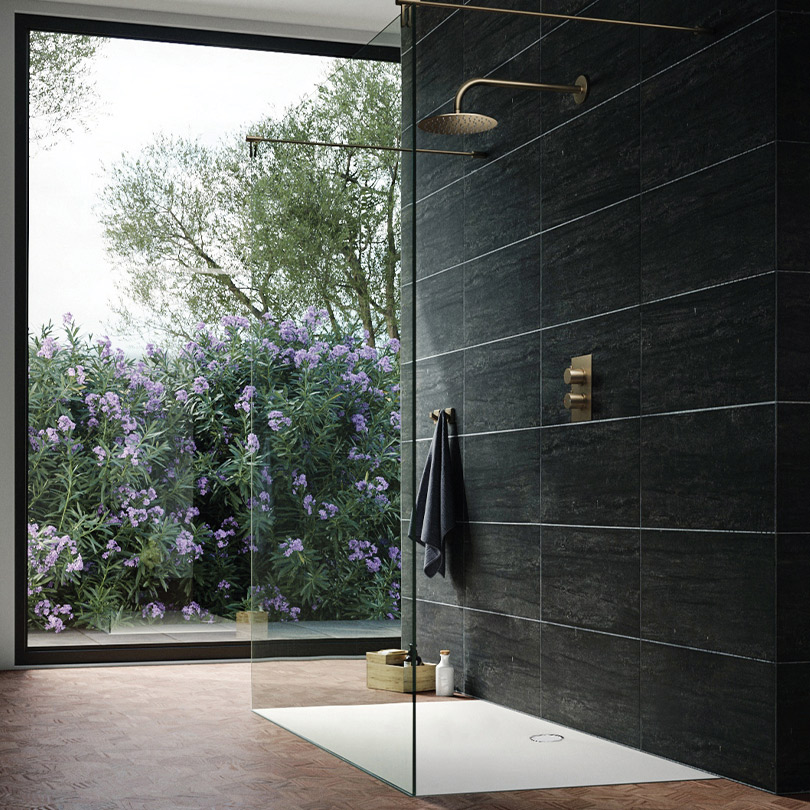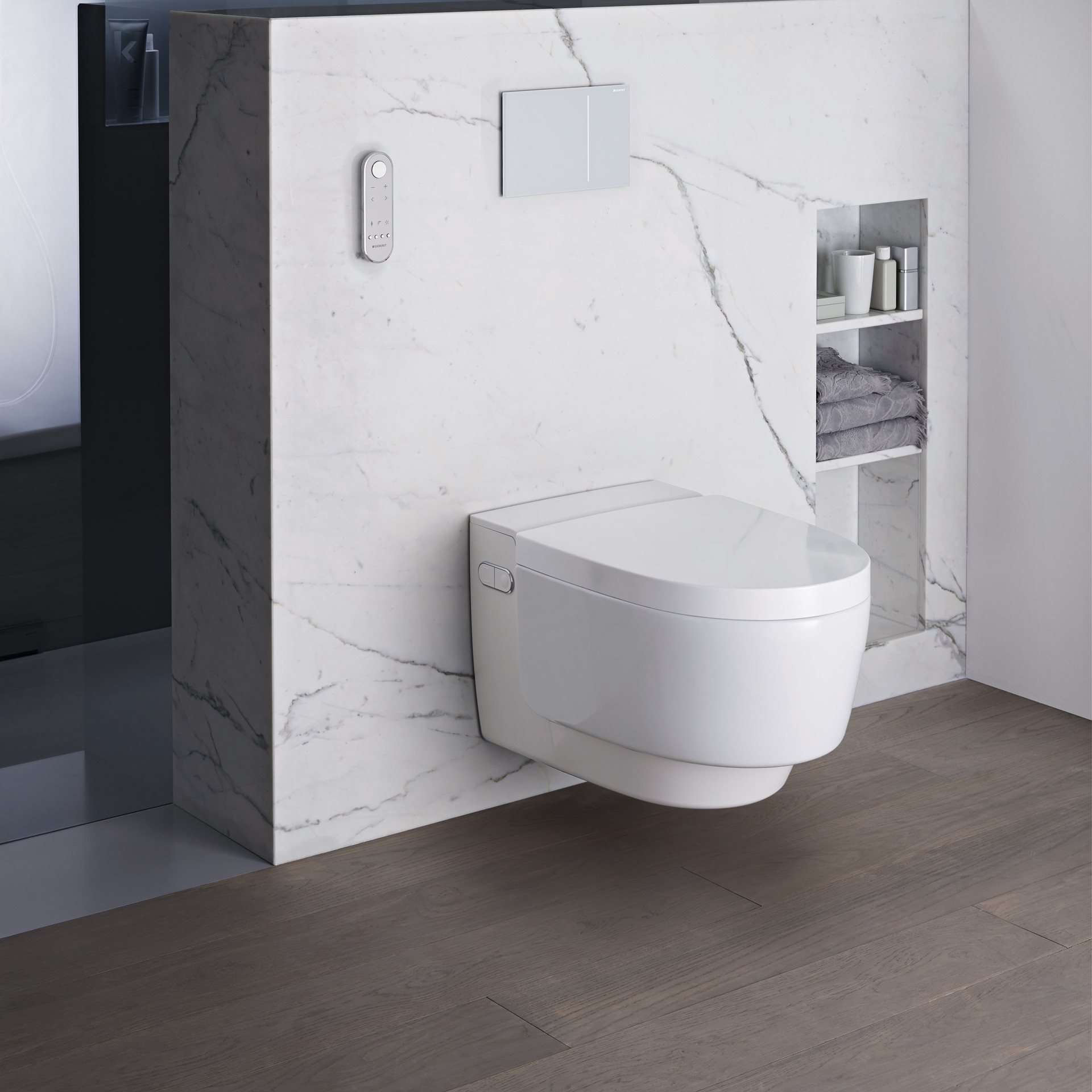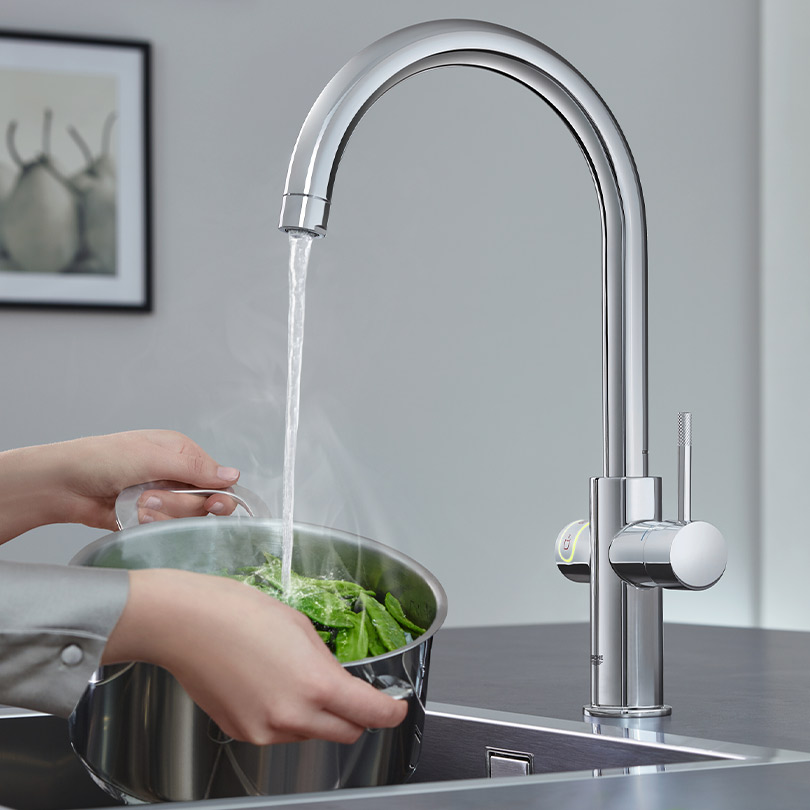10 simple ideas for a sustainable bathroom
We are bombarded with terms like sustainability, ecology and circularity. And rightly so, we think, because if we want to continue enjoying our planet, we better use it sparingly. However, the term 'sustainable' can also scare people off, because doesn't it mean a lot of effort and high costs? That a sustainable bathroom does not require a total renovation, we prove with this blog.
Discover our 10 tips for a sustainable bathroom
1. Install a water-saving shower head
Priority number one for a sustainable bathroom: saving water. You have several ways to save water these days, but one of the best known is a water-saving shower head. It uses much less water than a traditional shower head (up to 60%!) and does not compromise on comfort. Ideal!
2. Use ecological taps
In addition to water-saving showerheads, there are now ecological basin mixers. Several manufacturers developed their own technologies for this purpose. The EcoSmart taps from hansgrohe, for example, ensure that a smaller volume of water flows out of your tap. As a user, however, you don't notice any of this. The secret? The jet is enriched with air, keeping it full and lush. Hansa then introduced touchless taps, which means water flows only when it is needed, and Grohe comes up with SilkMove technology, where the middle position of the handle does not give mixed water, but only cold. If you move to the left, only then will you get hot water.
3. Recover water
You can also save water by recovering it. For example, you can collect rainwater and use it to flush your toilet, wash your clothes or water your garden. But did you know you can also recover shower water? Here, the water that is flushed away is filtered and reused. An added advantage is that the heat is also recovered, so you use less energy to reheat the water.
4. Take a shower instead of a bath
A tip you probably know by now, but which is so simple that it had to be in our overview. An average 9-minute shower consumes 70 litres of hot water, a bath almost double that. Do the math on how much water and money you save with this alone. If you have a water-saving shower head or shower for less time, the difference becomes even greater.
6. Work with durable materials
Choose durable materials that last for years. Solid surface - which literally means 'durable surface material' - is such a material and is perfect for washbasins, bathtubs and shower trays. Due to its seamless nature, no water remains in nooks and seams and bacteria have no chance. Other examples of durable materials include wood, ceramic, acrylic and enamelled steel.
5. Opt for an infrared mirror
Infrared mirrors are hot! Literally and figuratively. An infrared mirror is a small infrared panel in the shape of a mirror, which radiates heat onto walls, ceiling and objects instead of air. This gives you pleasant warmth. It is an eco-friendly solution, lasts a long time and makes condensation a thing of the past. No wonder they are so popular.
7. Install a water softener
Untreated tap water can seriously affect your plumbing systems, heating appliances and pipes. Impurities and lime can lead to leaks, blockages and corrosion. This significantly reduces the lifespan of taps and installations, increases your energy consumption and wastes water unnecessarily. This definitely makes a water softener a sustainable and smart choice.
10. Avoid plastic bottles, install a water system
You can make sustainable choices not only in the bathroom, but also in your kitchen. The Grohe water systems give you filtered (Grohe Blue Pure), chilled, sparkling (Grohe Blue Home) or boiling hot water (Grohe Red) straight from your kitchen tap. As a result, you save considerably in plastic bottles and on energy.
8. Opt for a shower toilet
Although shower toilets have been the norm in many countries for years, they have recently started gaining popularity in our country too. And rightly so! It is practical, hygienic and, of course, sustainable. The principle is very simple: at the touch of a button, a shower jet provides a particularly thorough, yet gentle and water-saving clean. Instant clean and fresh feeling!
9. Choose a toilet with an economy button
A toilet is one of the biggest water consumers in the house. However, you can save considerably by choosing a toilet with an economy button. These include a large and small button. Whereas a traditional toilet uses 10l per turn, with an economy button it is between 3l and 6l. A small intervention that makes a big difference for the environment and your wallet.
Sustainable products
Book an appointment for bespoke advice!
Our experts are here to help you make the best choices.

